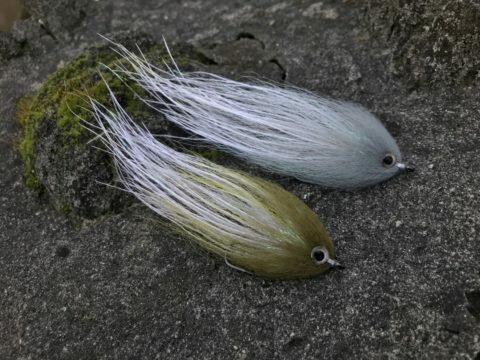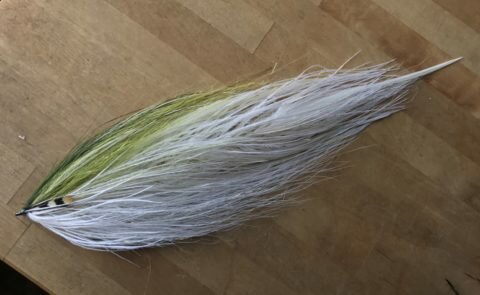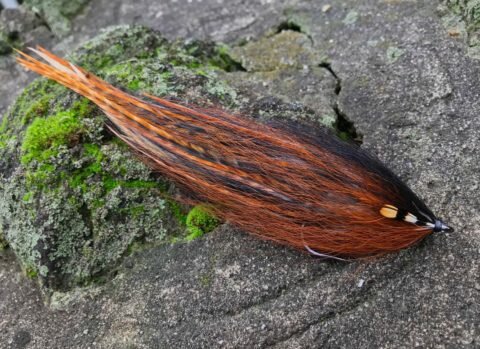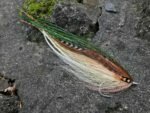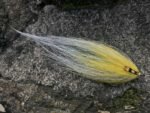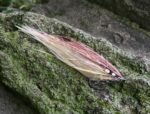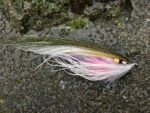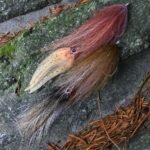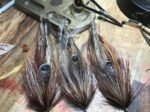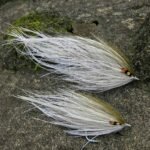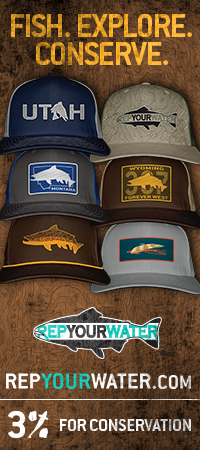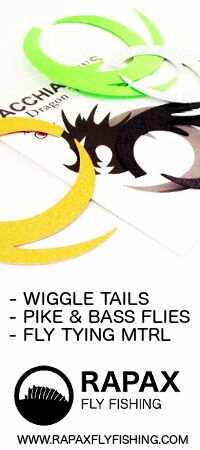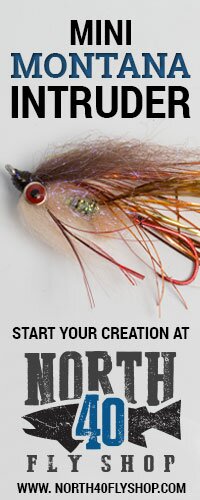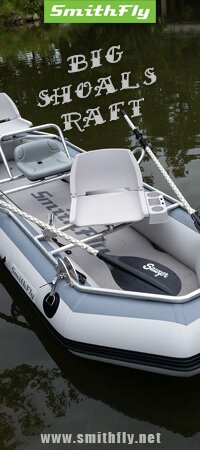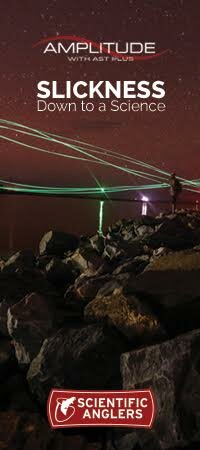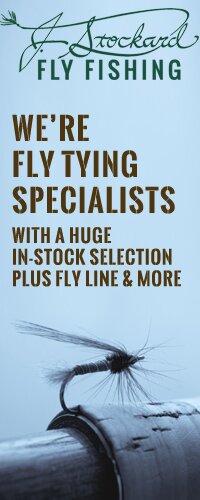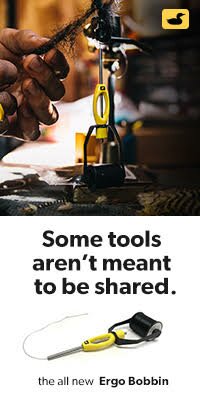Jason is one of those fly tyers that I noticed while browsing Instagram. His Hollow style is top notch and I know Bob Popovics is proud of Jason’s skills. His use of ostrich really impressed me as well. I sent a few questions to Jason to find out more about him and his fly fishing and fly tying. This is the result. Enjoy!
-Paul
——————–
1. How did you get started in fly fishing and fly tying?
I actually got started in fly fishing on a whim… My wife and I had booked our honeymoon to Belize and I kept reading about the fly fishing there. It was something I always wanted to try. After a few more google searches, I found that there were plenty of fishing opportunities near my home in Philadelphia. A few days later I went to my local fly shop and bought some gear and signed up for a class. It was all down hill from there…
Fly tying came a few years later, when I wasn’t finding what I wanted in fly shop bins. Fast forward another couple of years, and tying became more than just filling voids in my fly boxes. I feel it’s a natural extension of the sport, serves a great outlet for creativity and honestly I find it relaxing to sit and lose track of time at the vice. At this point I tie almost everyday, and truly enjoy teaching others at shows and demos or answering questions via emails and social media messages.
2. What species of fish do you primarily target?
Like many fly fishers, I’m an opportunist, and living in the North East, there are plenty of places within reasonable driving distance to fish.
Though you can’t tell by my social media presence, I’m completely obsessed with dry fly fishing. This occupies most of my fishing attention during the spring and early summer, with the occasional trip to the beach for striped bass.
Summer brings warmer water temperatures and with it smallmouth bass and carp fishing close to home.
I caught my first case of “albie fever” a few years back, and now look forward to that come late August and September which leads us right into the fall run of striped bass.
3. Looking through your Instagram I notice you tie a lot of flies in the Bob Popivics Hollow Fleye style. What is it about this style that you like?
The hollow fleye has proven itself as the ultimate in large fly design, but translates to smaller patterns as well. They are easy to cast and have an incredibly natural action in the water. Though the hollow fleye is not the easiest to master, they are very satisfying to tie. And once you understand the basic idea of the platform, there are endless possibilities for variations.
Though buck tail is the most predictable material to hollow tie, it translates to other materials well. Ostrich also plays very well hollow tied whether in baitfish patterns or even in stations to tie intruder style shanks.
As enamored as I am with hollow fleyes, I’ve always been most captivated by the amount of control the technique allows you to have over the materials.
I often use hollow ties to “open up” the rear or center of a particular fly or a single hollow tie to change the shape of a fly’s head. I’ve also used hollow tied materials to act as “props” for both natural and synthetic materials.
3a. How did you get into the hollow technique?
I started tying saltwater flies, I had just become a member of Stripers Online. A great saltwater fishing forum, with a dedicated fly tying section. Lots of great tiers have contributed to the site, including Bob Popovics.
4. Do you have any tips for someone that is wanting to tie Hollow flies?
Whenever someone asked me about tying hollow fleyes, the first question I ask is if they can tie a bucktail deceiver. The bucktail deceiver, is easy to tie, teaches you to handle bucktail and also teaches basic tapering of flies.
After that, there are a few tips I can offer. 1, go sparse in the beginning, less hair is easier to control. 2, remove all of the short hairs in each bundle you intend to tie. 3, Always keep your thread wraps perpendicular to the hook shank. 4, Leave the collars more open than you think they should be…it defeats the purpose to have closed collars. 5, Fish the flies you don’t think look great, nine times out of 10 they look fine swimming in the water.
5. Can you tell us about some of the flies you have step-by-steps for at the top of your Instagram?
The step by steps I do generally come about do to a question I get from someone or me just trying to show a simpler way to do something.
The Squimpish style is fun! These are techniques translated from classic salmon flies by my friend David Nelson. This style of flies have so much life in the water. And though challenging, they cast and fish exceptionally.
My Fox-strich streamer uses the hollow technique with ostrich and a propped head of arctic fox that I came up with a couple years back. These have incredible action, something you don’t see often in smaller non articulated flies.
The 3 collar hollow, was something I did to show the versatility of the basic hollow fleye design. My favorite version is the one with arctic fox between the collars of bucktail.


